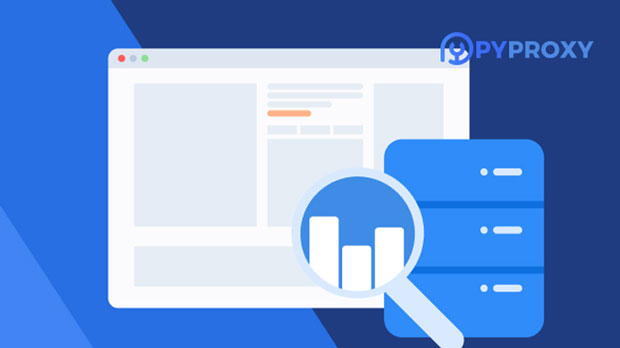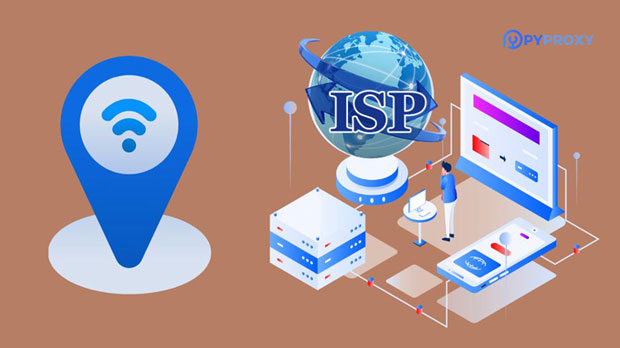socks5 proxy technology has become an essential tool for optimizing internet speeds and enhancing privacy. By facilitating network acceleration, socks5 proxies allow for faster and more secure data transmission across global networks. This network enhancement is particularly valuable for users engaging in bandwidth-intensive tasks such as online gaming, video streaming, or large file downloads. The SOCKS5 protocol, with its flexibility and robust feature set, offers an effective solution to overcome network throttling, reduce latency, and bypass geographical restrictions. This article provides an in-depth exploration of how SOCKS5 proxies contribute to network acceleration and their benefits across different use cases. 1. Understanding SOCKS5 Proxy TechnologyBefore diving into how SOCKS5 proxies work to accelerate networks, it is crucial to understand the fundamental technology behind it. SOCKS5 (Socket Secure version 5) is an advanced internet protocol designed to route network traffic through a proxy server. Unlike its predecessor, SOCKS4, SOCKS5 supports a wider range of internet protocols, including TCP and UDP, making it more versatile and capable of handling a diverse array of internet traffic. This flexibility helps in enhancing network speeds, especially when dealing with data-heavy applications or cross-border connections.SOCKS5 proxies also provide a high degree of security and anonymity by masking the user's IP address, which reduces the risk of data breaches, and ensuring that the origin of data packets is harder to trace. By acting as an intermediary between the user and the internet, SOCKS5 proxies can bypass firewalls, geo-restrictions, and other forms of network throttling, all of which contribute to improved network performance.2. The Role of SOCKS5 Proxies in Network AccelerationNetwork acceleration refers to techniques that optimize the speed and performance of internet connections. SOCKS5 proxies help in multiple ways to enhance network speed and efficiency. The following sections highlight the major roles SOCKS5 proxies play in improving network performance.2.1 Bypassing Geo-Restrictions and Network ThrottlingOne of the main advantages of using a SOCKS5 proxy is its ability to bypass geo-restrictions. Many services, including streaming platforms, restrict content based on the user’s geographic location. By using a SOCKS5 proxy, users can route their internet traffic through servers located in different regions, thereby accessing content that would otherwise be unavailable. This not only allows for a more extensive media experience but also often improves connection speeds by bypassing the slowdowns caused by regional traffic congestion.Furthermore, ISPs (Internet Service Providers) often throttle bandwidth for certain types of internet traffic, such as streaming or torrenting, to manage network load. SOCKS5 proxies can help bypass these limitations by masking traffic patterns and reducing the likelihood of detection by ISPs, resulting in faster, uninterrupted access to services.2.2 Reducing Latency for Real-Time ApplicationsLatency is the delay experienced during data transmission, and it can be a significant challenge in real-time applications such as online gaming, video calls, and VoIP services. High latency leads to lag and poor-quality interactions, which can ruin the user experience. SOCKS5 proxies can help reduce latency by routing traffic through optimized servers with lower response times. These proxies can also prioritize real-time traffic over less time-sensitive data, ensuring that games and communications are smooth and free from interruptions.The flexibility of SOCKS5 proxies allows for dynamic traffic routing based on network performance, ensuring that users get the best possible connection for real-time applications. This results in improved gaming experiences, clearer voice calls, and better video quality during online meetings.2.3 Improving Download and Upload SpeedsFor users who frequently download or upload large files, SOCKS5 proxies provide an effective solution for speeding up data transfer rates. Since the proxy server acts as a middleman between the client and the server, it can handle connections more efficiently and avoid bottlenecks associated with direct internet connections. This can be particularly useful when dealing with large media files, software updates, or cloud backups.The reduction in packet loss and the enhanced routing efficiency offered by SOCKS5 proxies can significantly improve download and upload speeds. Additionally, by leveraging the protocol’s ability to support both TCP and UDP traffic, users can optimize their file transfer methods based on their specific needs, further enhancing the overall performance.3. Security and Privacy Benefits of SOCKS5 ProxiesIn addition to network acceleration, SOCKS5 proxies offer strong security and privacy benefits, which play a key role in enhancing the overall internet experience.3.1 Enhanced Privacy ProtectionSOCKS5 proxies work by masking the user’s original IP address, providing an additional layer of anonymity and security. This makes it more difficult for third parties, such as hackers or advertisers, to track online activity. For users who are concerned about their online footprint, SOCKS5 proxies offer a practical solution to maintain privacy.Furthermore, SOCKS5 proxies allow for the use of authentication methods, such as username and password, ensuring that only authorized users can access the network. This added security feature makes SOCKS5 proxies an appealing option for businesses and individuals who prioritize data protection.3.2 Protection from Network AttacksA SOCKS5 proxy acts as a buffer between the user and potential threats on the internet. By routing traffic through the proxy server, it becomes more difficult for attackers to access the user’s device directly. This helps mitigate various types of cyberattacks, such as Distributed Denial of Service (DDoS) attacks, man-in-the-middle attacks, and other forms of malicious network behavior. In the event of a security breach, the proxy server can isolate the affected network traffic, thereby preventing the compromise from spreading to other devices. This additional layer of defense is particularly valuable for businesses or high-profile individuals who are often targeted by cybercriminals.4. Best Practices for Optimizing Network Acceleration with SOCKS5 ProxiesWhile SOCKS5 proxies offer significant network acceleration benefits, it is important to follow best practices to maximize their potential.4.1 Selecting the Right Proxy Server LocationThe location of the socks5 proxy server plays a critical role in network performance. Users should choose a proxy server located as close as possible to their target service or content provider. This minimizes the distance that data must travel, reducing latency and improving download speeds.For users accessing region-specific content, it’s crucial to select a proxy server in the corresponding geographic location. This ensures that they can bypass geo-restrictions while benefiting from an optimal connection.4.2 Monitoring and Optimizing Network TrafficRegular monitoring of network traffic is essential to ensure that the SOCKS5 proxy continues to deliver maximum performance. Tools that measure bandwidth, latency, and packet loss can help identify areas where improvements are needed. By adjusting the proxy settings, such as selecting different ports or adjusting encryption methods, users can further optimize network speed and stability.5. ConclusionSOCKS5 proxies offer a versatile and effective solution for network acceleration, providing benefits across various use cases, from reducing latency in online gaming to bypassing geo-restrictions for streaming. The protocol’s flexibility, combined with its ability to improve speed, security, and privacy, makes it a powerful tool for users seeking an enhanced internet experience. By carefully selecting the right proxy server and following optimization practices, users can significantly improve their overall network performance and enjoy a faster, more secure online presence.
Jan 15, 2025
![arrow]()



















































